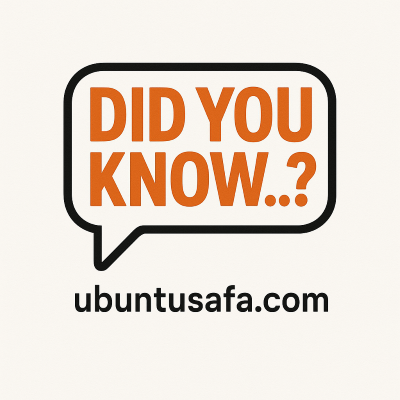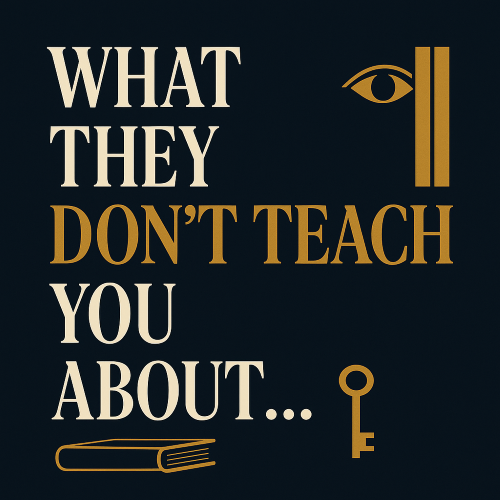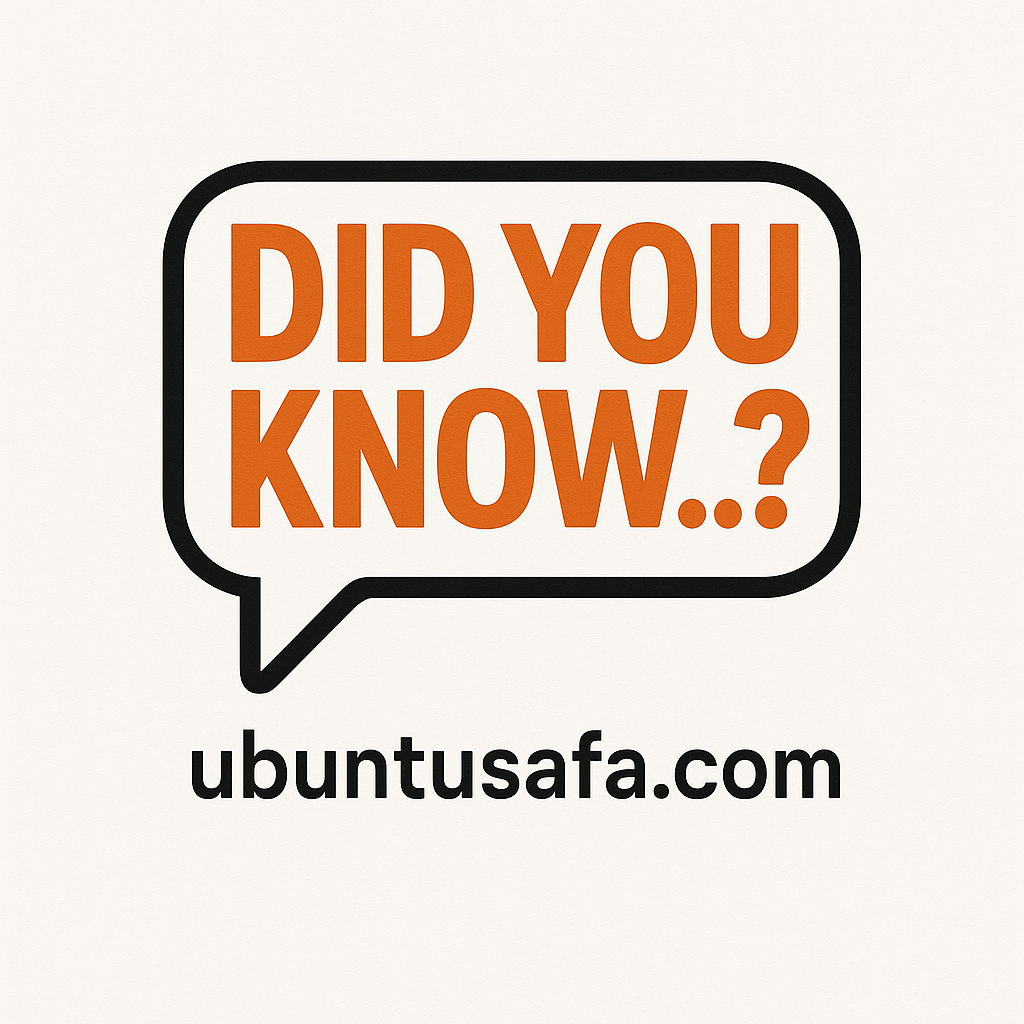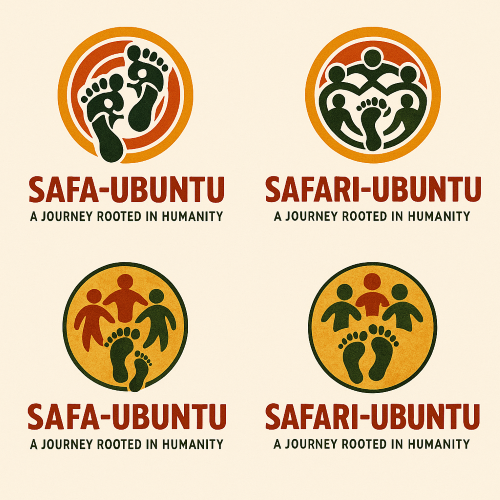https://www.youtube.com/watch?v=UjiNKdn6zRk
JDM Web Technologies SEO Services Review by Anna #seoservices
Hi, I'm Anna, the Director of Marketing at VuWall. It's a technology company, and we develop software for the management and visualization of content on video walls. We started working with JDM Web Technologies about a year ago, and it has been a great experience overall. We noticed a significant improvement in our Google ranking, which happened very quickly, as we started ranking on the first page for some of our key search terms within a month or two, and the numbers just kept going up really fast. JDM Web Technologies gives us monthly reports that I can share with my team and leadership to show them the results like increased traffic and more forms getting completed.
Learn more about our Full SEO Services Activities: https://www.jdmwebtechnologies.com/seo-search-engine-optimization/
SEO Packages & Pricing: https://www.jdmwebtechnologies.com/seo-packages/
JDM Web Technologies SEO Services Review by Anna #seoservices
Hi, I'm Anna, the Director of Marketing at VuWall. It's a technology company, and we develop software for the management and visualization of content on video walls. We started working with JDM Web Technologies about a year ago, and it has been a great experience overall. We noticed a significant improvement in our Google ranking, which happened very quickly, as we started ranking on the first page for some of our key search terms within a month or two, and the numbers just kept going up really fast. JDM Web Technologies gives us monthly reports that I can share with my team and leadership to show them the results like increased traffic and more forms getting completed.
Learn more about our Full SEO Services Activities: https://www.jdmwebtechnologies.com/seo-search-engine-optimization/
SEO Packages & Pricing: https://www.jdmwebtechnologies.com/seo-packages/
https://www.youtube.com/watch?v=UjiNKdn6zRk
JDM Web Technologies SEO Services Review by Anna #seoservices
Hi, I'm Anna, the Director of Marketing at VuWall. It's a technology company, and we develop software for the management and visualization of content on video walls. We started working with JDM Web Technologies about a year ago, and it has been a great experience overall. We noticed a significant improvement in our Google ranking, which happened very quickly, as we started ranking on the first page for some of our key search terms within a month or two, and the numbers just kept going up really fast. JDM Web Technologies gives us monthly reports that I can share with my team and leadership to show them the results like increased traffic and more forms getting completed.
Learn more about our Full SEO Services Activities: https://www.jdmwebtechnologies.com/seo-search-engine-optimization/
SEO Packages & Pricing: https://www.jdmwebtechnologies.com/seo-packages/

0 Комментарии
0 Поделились
710 Просмотры
0 предпросмотр











